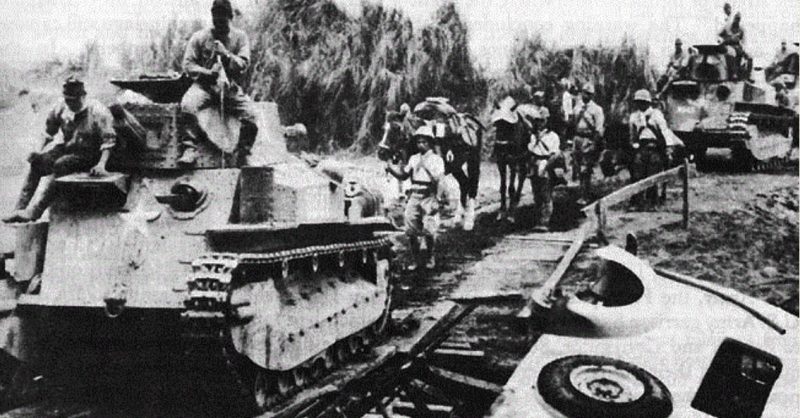Ramon Regalado’s smile was as wide as the Grand Canyon when he saw family, friends, and representatives from the Veteran’s Administration gathered together, on the 13th April 2017, at the Martinez Veterans Administration Outpatient Clinic, in Martinez, California to celebrate this WWII veteran’s 100th Birthday.
Regalado’s doctor, Dr. Scott Carter, echoed everyone’s opinion when he said that he was amazed that his patient had survived hell-on-earth whilst fighting on the Bataan peninsula during WWII and then to have survived to celebrate such an auspicious milestone as his 100th birthday.
Telling the story of his time during the war, Dr. Carter and Regalado described the hellish conditions that he endured whilst fighting in the Far East against the Japanese Imperial forces.
Regalado recounted how he and his comrades had battled the Japanese for four months during 1942, upsetting the carefully planned Japanese timetable. He told how mosquitoes and malaria where a far greater enemy than the Japanese could ever be and how he and most of his fellow servicemen were extremely ill with the disease, with little or no medicine to treat themselves.
Over a period of four months in early 1942, Regalado who was a machine gunner fought to protect the village of Mabatang at the eastern end of the Mabatang-Mauban line on the Bataan peninsula in the Philippines, before moving on to fight several battles including the final one of the island of Corregidor before their positions were overrun. Of the original 125 servicemen in Company L, 57th Infantry regiment only nine were alive at the end when they were captured along with their Filipino comrades. Regalado was lucky to escape with one of his comrades. They were hidden by a local farmer, at great peril to himself and his family. The sentence for aiding an allied soldier was death, but the farmer protected them. Unfortunately, his comrade died, but Regalado recovered from his malaria and returned to the fighting. He saw out WWII and then fought in the Korean War, earning several medals along the way.
Regalado insisted that his audience understood that the war in the Philippines was not fought by allied soldiers alone and that 250,000 local Filipinos fought alongside as allies.
At his birthday party, Regalado was presented with certificates and letters of thanks from representatives of the government for his service to his country.
The 75th anniversary of the Bataan Death March fell just four days before Regalado’s 100th birthday. By escaping when they did, Regalado avoided this notorious event. American and Filipino forces had made a last stand on the Bataan peninsula and on the island of Corregidor but eventually as food, ammunition, and medical supplies ran out they were forced to surrender to the advancing Japanese army. There was no prisoner of war camp close by so the Japanese forced their captives, most of whom were starving and sick with malaria, to march from Mariveles to San Fernando and from the Capas Train Station to Camp O’Donnell. Sources vary on the number of casualties from the march, but historians believe that it caused the death of around 10-15,000 Filipino soldiers and 650 American servicemen. The march was accompanied by horrendous physical abuse, and many of the deaths were simply murdered by the Japanese guards. This march was declared as a Japanese war crime by an Allied military commission at the end of the war, Martinez Tribune reported.
At a 75th anniversary ceremony held on the 8th April in San Francisco, Regalado was honored along with other survivors by Mayor Ed Lee and other distinguished guests for their contribution in halting the Japanese advance in the Pacific theater of WWII.
